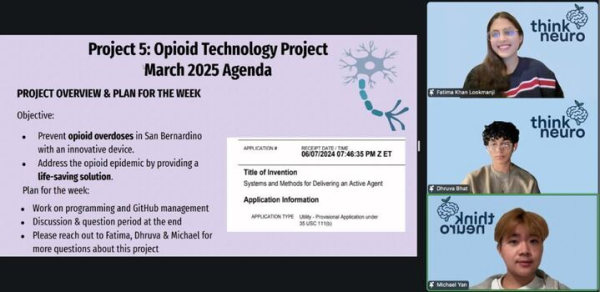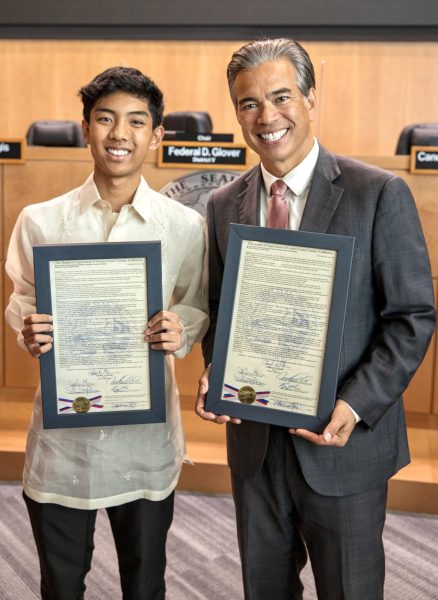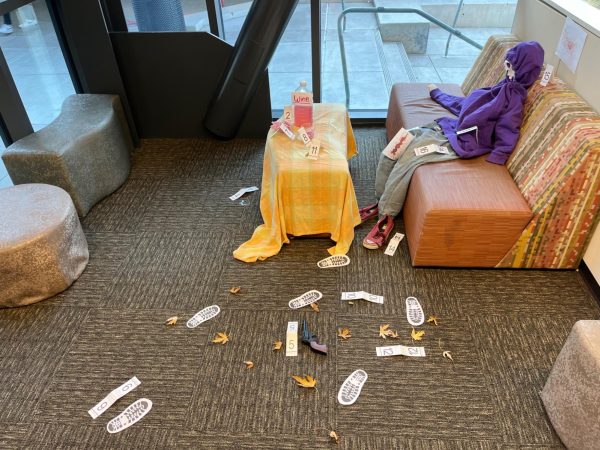Becoming transparent

As technology continues to grow and merge with out classes, remember that with will lead to unless possibilities.
As technology becomes more transparent, emerging more with our classes, we become a few steps closer to a much easier future.
“Technology use allows many more students to be actively thinking about information, making choices, and executing skills than is typical in teacher-led lessons. Moreover, when technology is used as a tool to support students in performing authentic tasks, the students are in the position of defining their goals, making design decisions, and evaluating their progress,” wrote the U.S. Department of Education.
Schools in America are starting to move more toward technology as soon as elementary school starts. This helps build the children’s motivation and self esteem.
New programs would move at the base of the student, allowing them to challenge themselves at their own rates, moving on when they feel ready. The new programming systems also allow students extra practice and lessons in areas which they may not have done as strongly in. This would allow more students to be successful and less likely to fall behind in a subject.
As technology moves closer to becoming transparent each year more efficient programs are being introduced. As of now MV is using the district wide Google Docs, Turnitin, and School Loop. However School Loop in moving towards a site based on learning management known as Haiku.
MV’s Technology person, Mr. Mendoza, talks to us about the Haiku program as well as the way MV is merging its subjects with the new technology as it comes.
“[Haiku] is a “closet” full of information,” Mendoza said. “[It will include] documents, videos, audio clips, primary sources, and a whole bunch of stuff that is part of a teachers curriculum that is organized online for the students to have access to.”
The district right now is considering replacing School Loop with Haiku but we do not know when it will be introduced. With this said teacher’s still will have a very active whole in the class room. which Haiku though, the role of a teacher will slightly change.
“The teacher is no longer the center of attention as the dispenser of information, but rather plays the role of facilitator, setting project goals and providing guidelines and resources, moving from student to student or group to group, providing suggestions and support for student activity,” wrote the U.S. Department of Education.
This is allowing students to think and work more independently. Allowing students frequent access to the parts of the brain which stimulate memory (short or long terms), creativity and critical thinking. Giving students the tools they will need for future at an earlier age to help them succeed when pursuing future their jobs or careers.
Ultimately, this can save a good amout of time by allowing students to present and asses items more quickly. Teachers can go through more lesson plans and prepare more time to review for finals at the end of each semester, possibly raising the student test scores.
While students are working on their projects together, they are gaining a huge array of skills. Students can also become better at collaboration while working on the technologic and more specific computer design skills.
As we do start to introduce more technology into the school, like the new EAP computer testing, there will be some problems. The problems will be solved over time by us “guinea pigs” to help benefit the generations after us.
“[We need to welcome the idea that we are] going to try something and it might not work but [we are] going to learn something from it,” Mendoza said.






